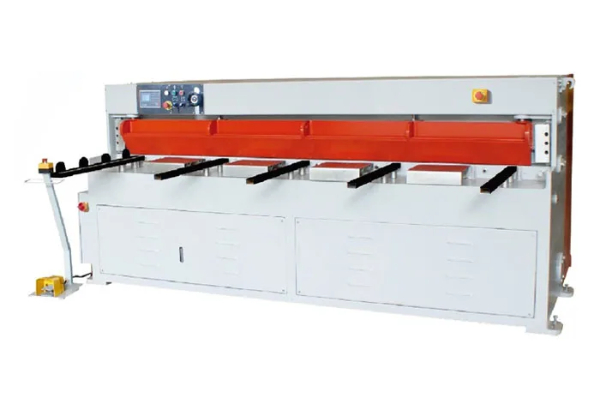
How Plasma Nozzle Electrodes Enhance Plasma Arc Performance
- By:Metmac
- 2024-08-27
- 121
The performance of plasma arcs is significantly influenced by the design and configuration of the plasma nozzle electrodes. By optimizing the electrode geometry, materials, and cooling techniques, it is possible to enhance plasma stability, increase energy efficiency, and improve the overall performance of the plasma arc system.
Electrode Geometry
Confinement of Plasma Flow
The geometry of the plasma nozzle electrodes plays a crucial role in confining the plasma flow. A well-designed nozzle ensures that the plasma is directed efficiently towards the workpiece, minimizing heat loss and improving cutting or welding precision.
Optimization of Plasma Profile
The shape and size of the nozzle electrodes influence the shape of the plasma arc. By adjusting the electrode geometry, it is possible to optimize the plasma profile to suit specific applications. For example, a narrower plasma column can provide higher energy density for precision cutting, while a broader plasma can spread heat over a wider area for welding applications.
Electrode Materials
Heat Resistance and Erosion Resistance
The electrodes are exposed to extreme temperatures and harsh plasma conditions. Therefore, they must be constructed from materials with high heat resistance and erosion resistance. Common materials used include copper, tungsten, and ceramics, each offering unique advantages.
Electrical Conductivity and Thermal Conductivity
The electrode materials also affect the electrical and thermal conductivity of the nozzle. High electrical conductivity ensures efficient current flow, while high thermal conductivity facilitates heat dissipation, preventing electrode overheating.
Cooling Techniques
Water Cooling
Plasma nozzle electrodes generate significant heat during operation, which can lead to electrode damage and reduced performance. To mitigate this, cooling techniques are employed. Water cooling is a widely used method, where water channels are incorporated into the nozzle design to circulate cooling water around the electrodes.
Gas Cooling
In applications where water cooling is not feasible, gas cooling can be considered. Inert gases such as argon or helium are passed through channels in the nozzle to dissipate heat and protect the electrodes from overheating.
Benefits of Optimized Electrodes
By optimizing the geometry, materials, and cooling techniques of plasma nozzle electrodes, the following benefits can be achieved:
Improved Plasma Stability
Optimized electrodes ensure a stable plasma arc, reducing arc wander and improving the consistency of the cutting or welding process.
Increased Energy Efficiency
Reduced heat loss and improved arc stability lead to increased energy efficiency, maximizing the utilization of plasma power.
Enhanced Cutting and Welding Performance
Optimized electrodes contribute to better precision, increased productivity, and improved weld quality in plasma arc cutting and welding applications.
Conclusion
Plasma nozzle electrodes play a critical role in enhancing plasma arc performance. By carefully designing the electrode geometry, selecting appropriate materials, and implementing effective cooling techniques, it is possible to improve plasma stability, increase energy efficiency, and achieve superior performance in plasma arc cutting and welding applications.
-
Advanced Sheet Metal Rolling, Cutting, and Folding Machines for Efficient Fabrication
2025/10/22 -
High-Precision Sheet Metal Bending and Cutting Solutions for Modern Manufacturing
2025/10/22 -
High-Precision Solutions from Leading Sheet Metal Cutting Machine Manufacturers
2025/09/11 -
Reliable Sheet Metal Equipment for Sale to Support Precision Fabrication
2025/07/17
-
Advanced Sheet Metal Rolling, Laser Cutting, and Folding Machines for Precision Fabrication
2025/10/31 -
High-Performance Sheet Metal Bending and Cutting Machines for Modern Fabrication
2025/10/31 -
High-Quality Sheet Metal Equipment for Sale: Efficient Solutions for Modern Manufacturing
2025/10/31 -
High-Performance Sheet Metal Equipment for Sale: Forming and Shearing Solutions for Modern Fabrication
2025/10/22
-
A Guide to the Latest Innovations in Sheet Metal Folding Machines
2024/11/29 -
Key Features to Consider When Investing in a Sheet Metal Folding Machine
2024/11/28 -
Enhancing Precision with Advanced Sheet Metal Folding Machines
2024/11/27 -
How to Choose the Right Sheet Metal Folding Machine for Your Workshop
2024/11/26






